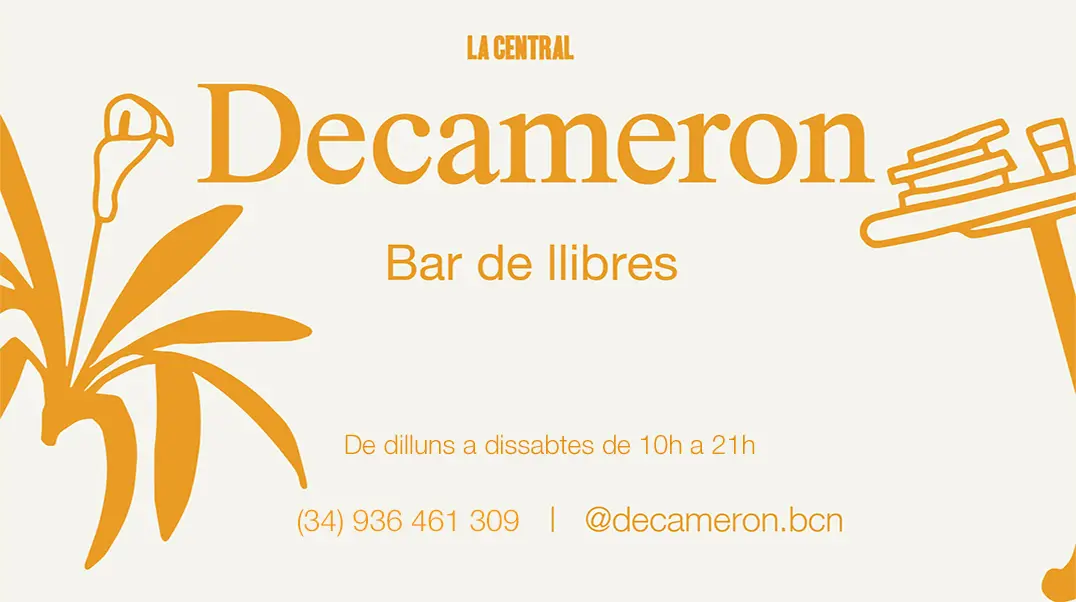Rome´s Economic Revolution

Rome´s Economic Revolution
Sense existències ara
Rep-lo a casa en una setmana per Missatger o Eco Enviament*Sobre el libro Rome´s Economic Revolution de Philip Kay publicado por Oxford al 2016:
In this volume, Philip Kay examines economic change in Rome and Italy between the Second Punic War and the middle of the first century BC. He argues that increased inflows of bullion, in particular silver, combined with an expansion of the availability of credit to produce significant growth in monetary liquidity. This, in turn, stimulated market developments, such as investment farming, trade, construction, and manufacturing, and radically changed the composition and scale of the Roman economy.Using a wide range of evidence and scholarly investigation, Kay demonstrates how Rome, in the second and first centuries BC, became a coherent economic entity experiencing real per capita economic growth. Without an understanding of this economic revolution, the contemporaneous political and cultural changes in Roman society cannot be fully comprehended or explained.
El llibre Rome´s Economic Revolution de Philip Kay pertany a la matèria
Veure altres ressenyes de Història
Ressenya
Richard Cockett
Viena
La escritura de Cockett opera con un ingenio y un humor finísimo a la hora de realizar este ajuste de cuentas, sin negar todas las luces y sombras que pudieron dar lugar a este proceso de moderniza...

Ressenya
Bernd Brunner
Vivir en horizontal
La Historia cuenta con un estigma que, durante muchos años, se ha encargado de alimentar: es aburrida. La sucesión de nombres, fechas y eventos ha sido el método de estudio más habitual hasta hace ...

Ressenya
Xavier Pla
Un cor furtiu. Vida de Josep Pla
Xavier Pla, amb aquesta gran biografia, ens invita a deixar enrere el personatge i endinsar-nos en la personalitat de Josep Pla. Amb un munt d’anys investigant fonts i documents personals en els ar...

Ressenya
David Graeber
Ilustración pirata
David Graeber al inicio de este ensayo, en el que busca mostrar como la Ilustración no fue un movimiento intelectual que apareció de la nada en el centro de Europa, ocupando salones y orquestando t...






